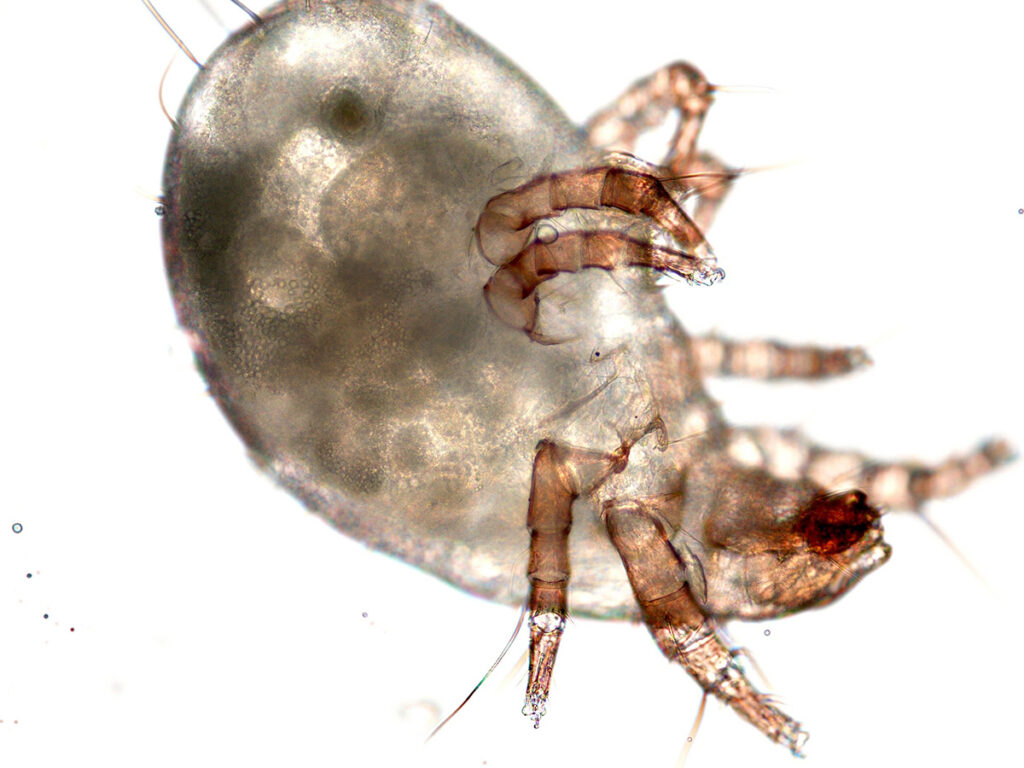Dust Mites
Dust mites are microscopic, insect-like pests that feed on dead human skin cells and thrive in warm, humid environments. They are not parasites that bite, sting or burrow into our bodies. Instead, people who are allergic to dust or dust mites are reacting to inhaling proteins in dust that comes from dust mite feces, urine or decaying bodies. Any inflammation of the nasal passages caused by dust mites is considered a dust allergy. Dust mites are not harmful to everyone, but for those who are allergic to them, they can cause a great deal of discomfort. Symptoms of a dust mite allergy include sneezing, coughing, itchy eyes, a runny nose, and difficulty breathing. If you suspect you may be allergic to dust mites, it is important to see a doctor so they can confirm the diagnosis and help you find relief from your symptoms.

Should I call an Exterminator to Deal with Dust Mites?
In general, you should not need to call an exterminator to deal with dust mites. Dust mites are not harmful to humans and are not known to transmit disease. However, some people may be allergic to dust mite droppings, which can cause symptoms such as sneezing, runny nose, and watery eyes. If you are having these symptoms, you may want to consult an allergist to see if you are allergic to dust mites.
What Steps Do I take to Reduce Dust Mites?
There are a few things you can do to reduce dust mites in your home:
- Vacuum regularly with a vacuum that has a HEPA filter
- Wash bedding in hot water (130 degrees Fahrenheit) once a week
- Keep indoor humidity below 50%
- Replace carpeting with hardwood floors
- Remove clutter and keep surfaces clean and free of dust







